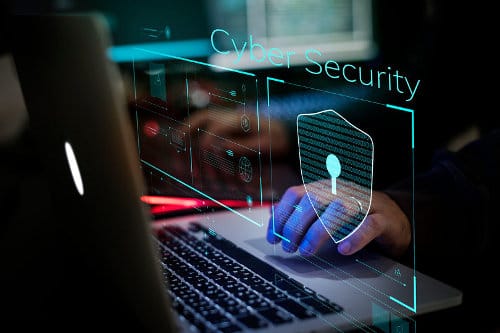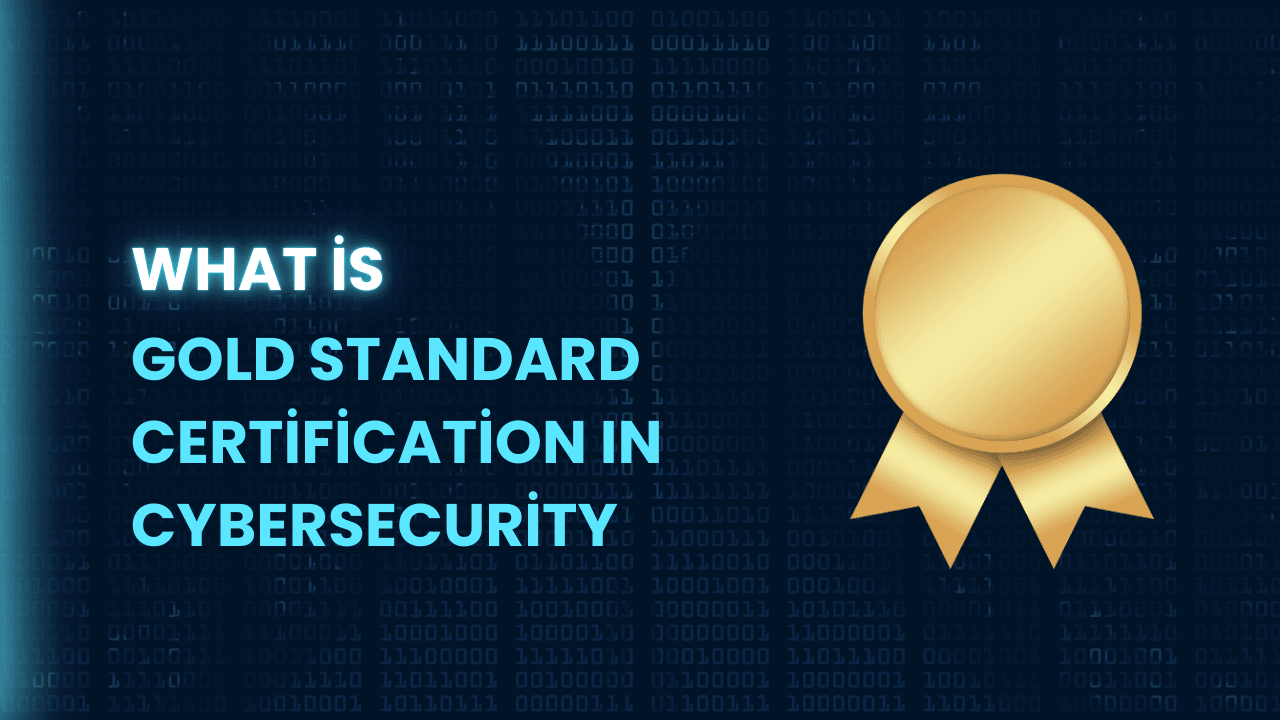
In today’s connected and digital world, businesses are exposed to cybersecurity threats from every angle.
The complexity of today’s business IT networks and systems makes the potential risk more pronounced.
They can swiftly transition from cyber-related risks to actual threats that could compromise your network’s security, integrity, and availability.
Learn more about what cyber threat management can help you boost your security posture and help you be more proactive in preventing cyber-attacks, as well as cloud and web security vulnerability, ransomware, malware, data breaches, and everything else.
About Cyber Risk Management
Cyber risk management is the process of identifying, assessing, and reducing the risk of threats involving information technology systems, networks, and data. In our digitally connected and interconnected world, your enterprise systems are exposed to a variety of cyber-attacks.
These risks can jeopardize the security, integrity, and availability of sensitive data.
The most essential elements in cyber-risk management are:
- Risk Identification: involves identifying possible cyber-related threats and vulnerabilities that could affect an organization’s information assets.
This requires understanding the company’s IT infrastructure, the data in it, and the risks that various technologies may pose.
- Risk Assessment: measures possible consequences of risks identified in the identification phase. This process involves analyzing weaknesses, evaluating the potential threats, and determining related risk levels.
- Risk Mitigation: Adopt measures to mitigate any identified risks. This could involve implementing security controls such as encryption, access control, and other measures to guard against potential threats.
- In the event of an incident, Incident Recovery and Response: Create and implement strategies to assist in responding to cyber-related incidents.
- Monitoring and review Monitoring and Review: Continuous monitoring and reviewing of IT systems to detect and address emerging threats in real time.
This proactive approach assists in identifying weaknesses and anomalies earlier, ensuring the security measures are constantly updated, and threats are minimized before they cause serious harm.
- Governance and Compliance: Ensuring that the company complies with the relevant laws and regulations and industry standards pertaining to information security.
This requires setting up the governance structure and policies that determine the company’s cybersecurity approach.
- Training and Awareness for Employees: Use solutions such as virtual phishing games to train your employees on security practices and inform them about the possible dangers of poor security hygiene.
Human behavior plays a significant part in cyber-security risk. Employers who are well-educated can create a more secure environment.
Why Is Cyber Risk Management Important?
Cyber Risk management can be vital for protecting sensitive data. It is a continual and ever-changing set of processes that allow regular evaluation and adapting to the evolving threats:
- Threat Intelligence Integration: Integrating cyber threat intelligence into your security operation provides up-to-date information about emerging threats, which can help you increase the effectiveness of your security measures.
Awareness of the most recent threats will allow your business to defend itself against cyber threats and minimize the risk of successful attacks.
- Third-Party Risk Management: A company’s cybersecurity security is only as secure as the weakest link in its chain, typically a supplier or a supply chain supplier. Third-party risk management, in turn, is a necessity that involves evaluating suppliers and vendors’ security practices and continuously reviewing their activities.
Assuring that these third parties comply with strict standards helps to protect against data breaches that harm sensitive data.
- Regularly scheduled: audits and reviews benefit your company by identifying and correcting weaknesses within your security system and ensuring regular respect for data security and data privacy laws.
Risk management software will assist you with regular assessments and grant crucial insight into the state of your vulnerability.
Who Is Responsible for Cyber Risk Management?
Risk management for cybercrime is distributed across different roles. The degree of responsibility can differ based on the company’s size or structure and the industry. Here are the main stakeholders who typically play a part in managing cyber-related risk:
- Chief Information Security Officer (CISO): CISOs are usually the highest-ranking executives accountable for the general cybersecurity plan and management. They typically take the lead in identifying and evaluating cyber risk, reducing it, and implementing and establishing cybersecurity policies and procedures.
- IT Security Team experts: Professionals from the IT Department are directly involved in implementing and managing security measures, monitoring systems for possible threats, and responding to security incidents. The team could include security analysts, engineers, and administrators.
- A Risk Management Team in larger organizations: An in-house risk management team can analyze and manage various kinds of risk, including cyber-related risks. The team could work with IT and cybersecurity experts to integrate cyber-related risk into the larger risk management system.
- Chief Information Officer (CIO): The CIO determines the overall management of your IT systems and strategy. While the CISO focuses on cybersecurity specifically, the CIO ensures that the IT infrastructure and systems align with the organization’s overall goals and objectives, including cybersecurity-related ones.
- Teams of Legal and Compliance: People in legal and compliance positions ensure that the company respects applicable laws, regulations, and industry norms. They play an essential role in assessing cybersecurity’s regulatory and legal risks.
- Employees: Every employee has an important role in managing cyber risks. Implementing security guidelines, being aware of attempts to phish, and maintaining good cyber hygiene are all part of a company’s overall security.
Effective management of cyber risks typically involves communication and collaboration between these different parties.
You must create an awareness culture for cybersecurity and ensure that everyone within your company understands their part in protecting your company from cyberattacks.






